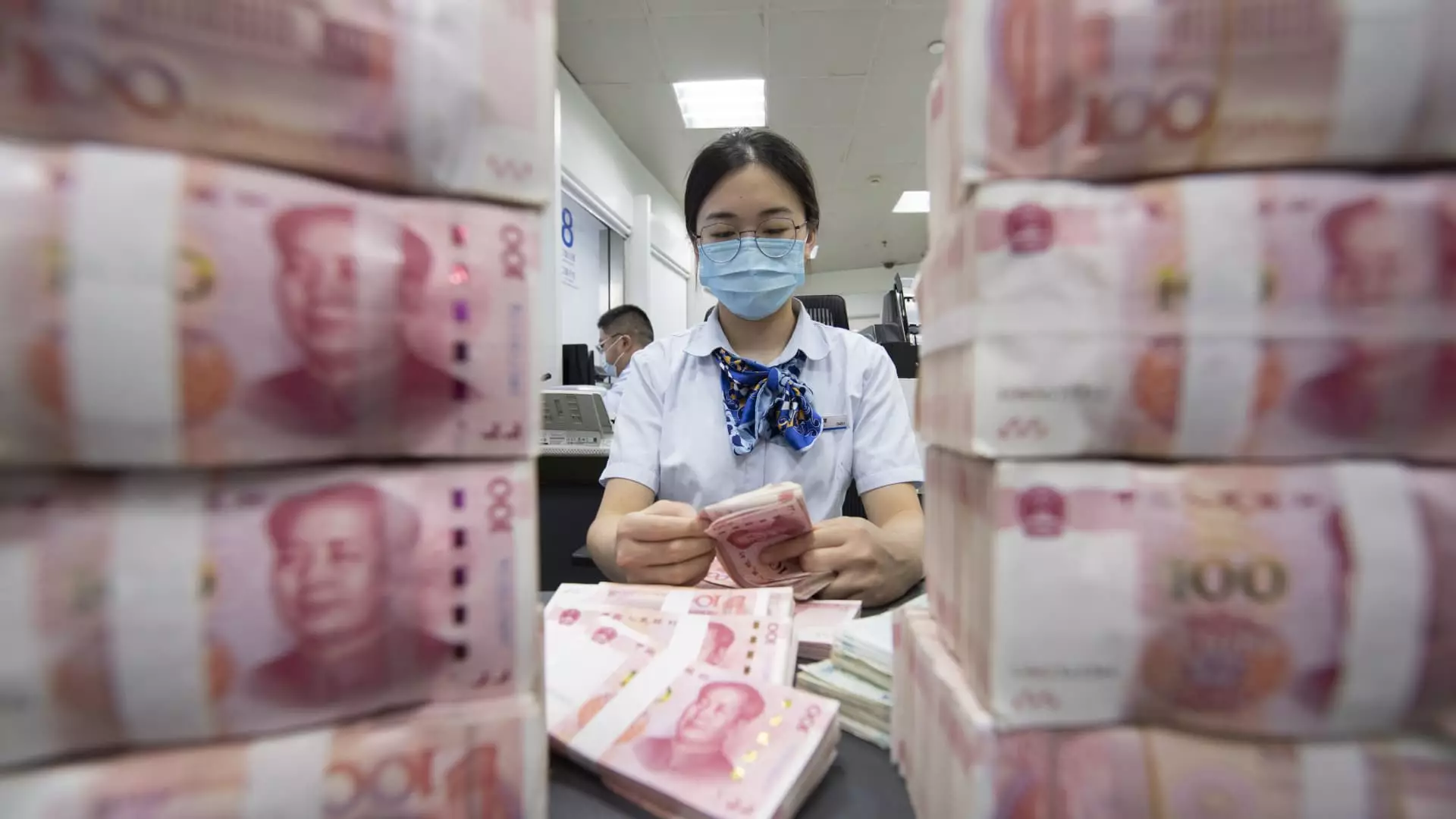In the last decade, the landscape of wealth has shifted dramatically, marked by a significant rise in centimillionaires—individuals with investable assets totaling $100 million or more. A groundbreaking report from New World Wealth, in partnership with Henley & Partners, reveals that the global population of centimillionaires has expanded by a staggering 54%, reaching 29,350 individuals. This growth has seen unparalleled advancement in countries like China and the United States, positioning them at the forefront of the financial elite. The implications of this wealth surge extend beyond mere numbers, as they indicate critical economic patterns and evolving investment climates globally.
The report elucidates that China has emerged as a powerhouse in centimillionaire growth, with an astonishing increase of 108% over the past decade. The Chinese economic engine was primarily fueled by the rise of tech entrepreneurs and industrial stalwarts. Currently, China boasts 2,350 centimillionaires, a remarkable achievement considering the country’s recent economic challenges, including stagnation in its property market and rising unemployment rates. Notably, the most significant wealth accumulation occurred from 2013 to 2020; since then, growth has plateaued at around 10%. This discrepancy underscores the volatile nature of wealth accumulation, hinting at underlying vulnerabilities in the Chinese economy.
In contrast to China’s phenomenal growth, the U.S. has also witnessed a robust expansion of its wealth class, with a notable 81% increase in centimillionaires. Cities like New York, Los Angeles, and San Francisco continue to attract wealth, with projections indicating further growth exceeding 50% by 2040. The dual dynamic of wealth creation in both the U.S. and China raises intriguing questions about their global influence and competition in fostering ultra-rich populations. However, this growth trajectory is not immune to political vicissitudes, particularly as the upcoming U.S. presidential elections loom on the horizon. The differing fiscal and economic policies expected to emerge from these elections may significantly impact the migration and residency decisions of the wealthy.
As the super-rich migrate across borders, emerging cities such as Hangzhou and Shenzhen are poised for exceptional centimillionaire growth, potentially increasing their populations by over 150% by 2040. Their economic expansion far surpasses the national average, with Hangzhou’s GDP growth reaching 6.9% and Shenzhen at 5.9% year-on-year for the first half of 2024. In stark contrast, traditional wealth centers in Europe, such as Zurich and Moscow, face stagnation, with growth rates expected to lag below 50%. This bifurcation in wealth accumulation signals a shift in economic power and possibly the rise of Asian and Middle Eastern cities as new global wealth hubs.
Asia and the Middle East: New Players on the Wealth Stage
Beyond China and the U.S., cities across Asia and the Middle East, including Taipei, Dubai, and Bengaluru, are set to follow suit with stellar growth expectations. These regions are attracting significant investment and talent, increasingly becoming the go-to hubs for the wealthy elite. In this context, Europe appears to be losing its luster as the epicenter of wealth, with smaller nations like Monaco and Malta recording remarkable growth in centimillionaire populations. This shift highlights the dynamic nature of wealth distribution and the need for traditional powerhouses to adapt to this new reality.
As we move into the next decade, the trajectory of wealth accumulation for centimillionaires will hinge on various factors, including global economic conditions and political climates. The potential for increased migration among the ultra-wealthy points to a rapidly changing landscape, where regions that leverage innovation and adaptability will likely thrive. Consequently, the impending U.S. elections could serve as a pivotal moment, determining not just the future of American wealth dynamics, but also influencing the global distribution of wealth.
The increasingly pronounced division between emerging and established wealth hubs underscores the transformative nature of the 21st-century economy. Centimillionaires are not merely numbers; they symbolize broader economic trends that will shape our world in the years to come. The elite’s future will undoubtedly reflect the choices made today, driven by political events, economic realities, and the relentless pursuit of opportunities.


Leave a Reply